Navigating Parental Leave: Podcast Episode #173
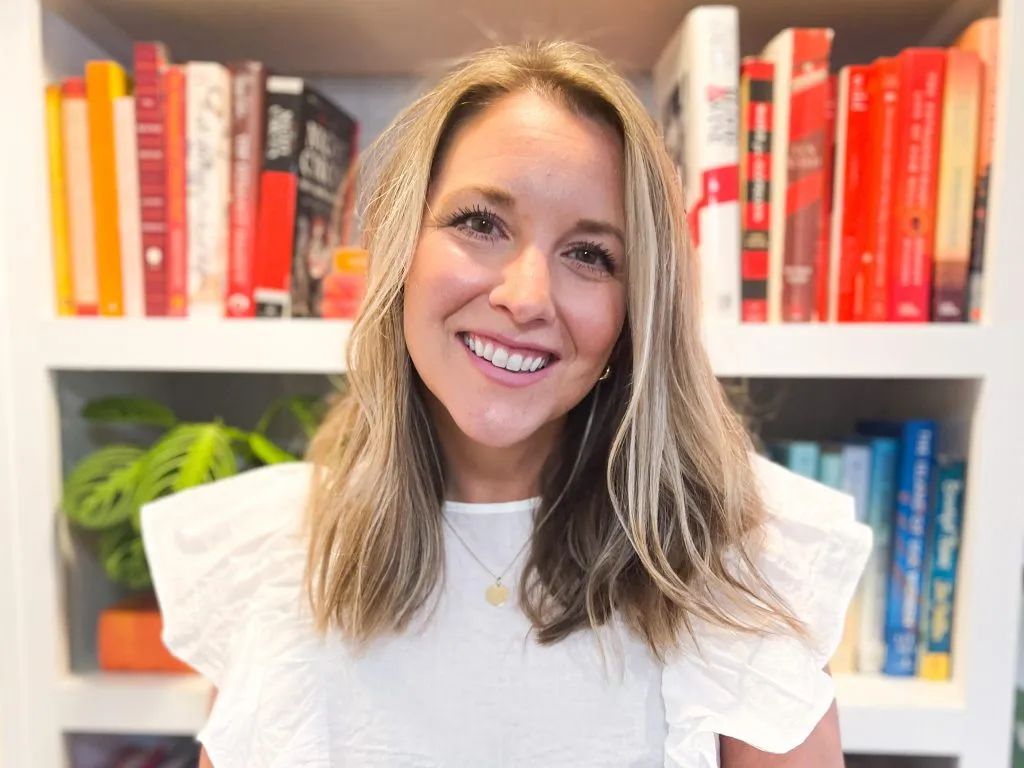
Kristin discusses the ins and outs of navigating parental leave with Linzay Davis, Founder of The Park. You can listen to this complete podcast episode on iTunes, SoundCloud, or wherever you find your podcasts. Ask The Doulas Podcast · Navigating Parental Leave Welcome. You’re listening to Ask the Doulas, a podcast where we talk to […]
The Secret to Creating More Calm and Joy in Motherhood: Podcast Episode #172
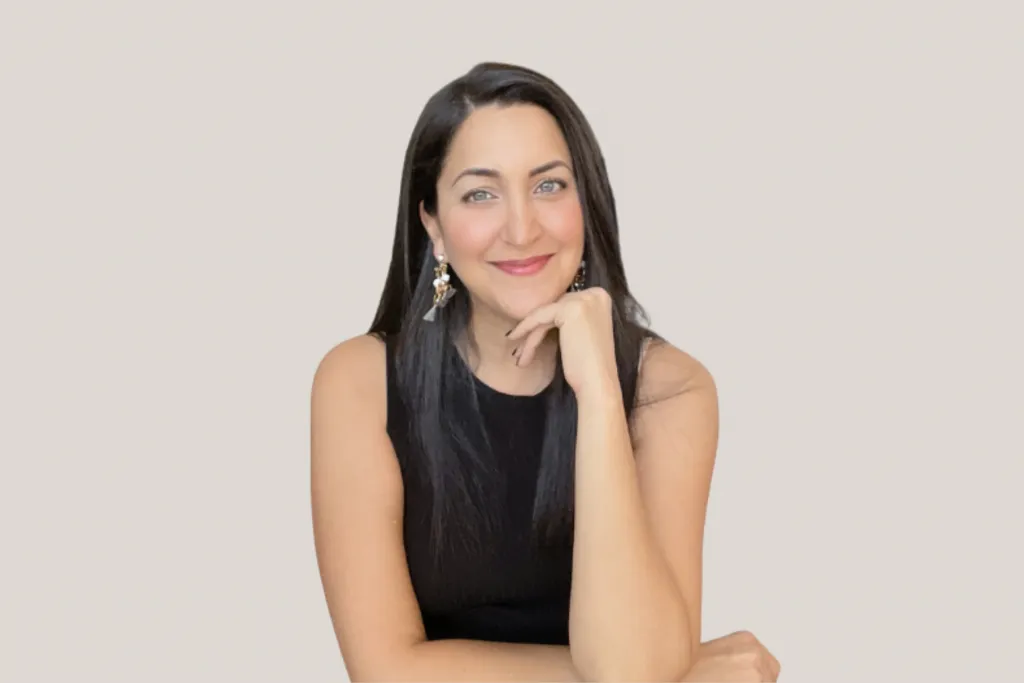
Kristin chats with Peg Sadie of the Resilient Mom Academy about self-care, joy in motherhood and so much more. You can listen to this complete podcast episode on iTunes, SoundCloud, or wherever you find your podcasts. Ask The Doulas Podcast · The Secret to Creating More Calm and Joy in Motherhood Welcome. You’re listening to […]
Navigating Life After Loss: Podcast Episode #171
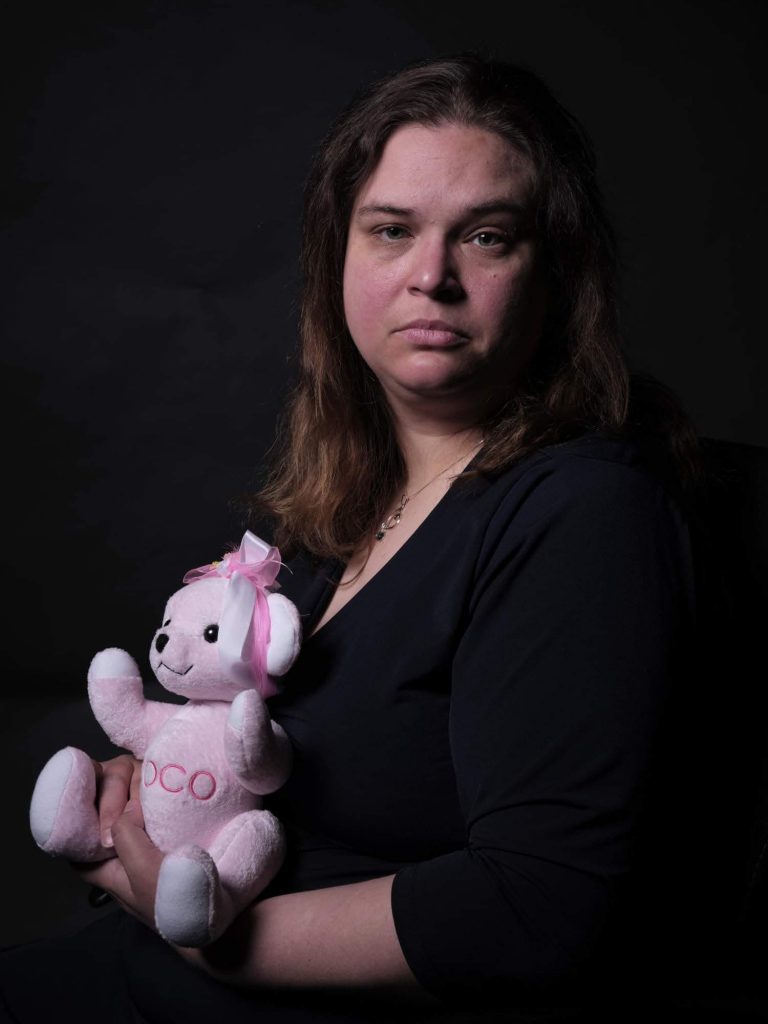
Kristin chats with Michelle Valiukenas from the Colette Louise Tisdahl Foundation about navigating life after loss. You can listen to this complete podcast episode on iTunes, SoundCloud, or wherever you find your podcasts. Ask The Doulas Podcast · Navigating Life After Loss Welcome. You’re listening to Ask the Doulas, a podcast where we talk to […]
Fashion for Breastfeeding: Podcast Episode #170
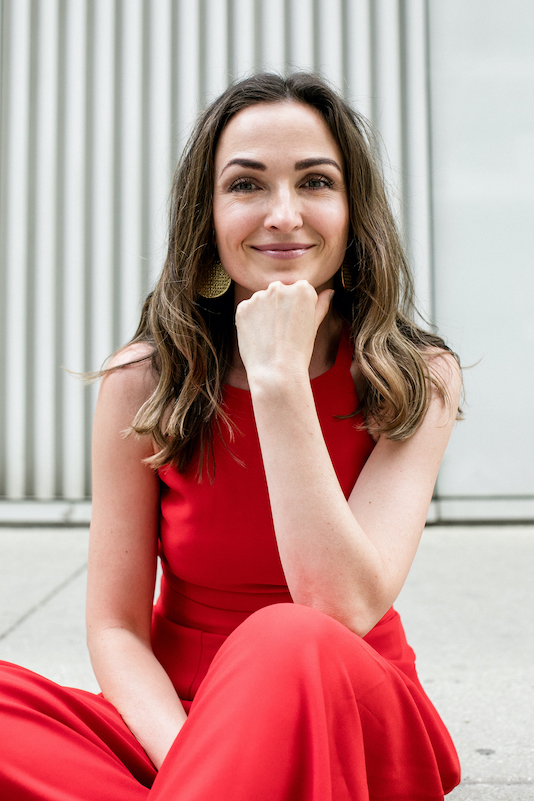
Kristin discusses challenges of the professional mother with Magda Lasota Morales, founder of MLM Brand. Magda created a timeless line of dresses for breastfeeding and pumping moms. You can listen to this complete podcast episode on iTunes, SoundCloud, or wherever you find your podcasts. Ask The Doulas Podcast · Fashion for Breastfeeding Moms Welcome. You’re […]
Baby Registry Trends: Podcast Episode #169
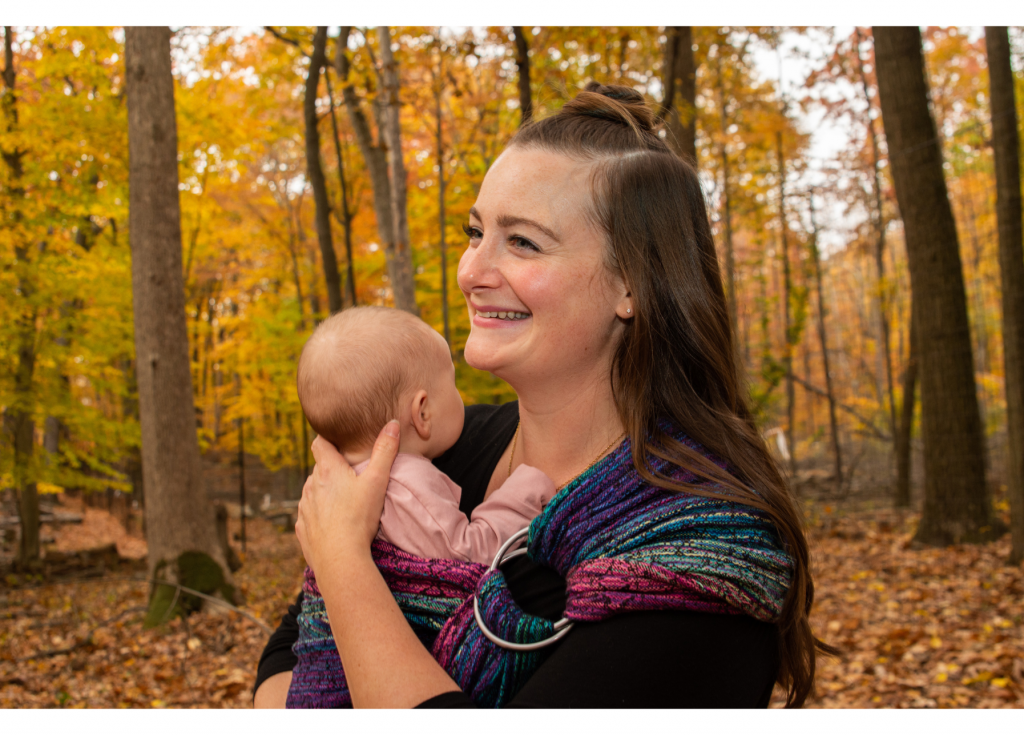
Kristin chats with Lexi Tabor of Hatchling CLE about the latest baby trends and services. You can listen to this complete podcast episode on iTunes, SoundCloud, or wherever you find your podcasts. Welcome. You’re listening to Ask the Doulas, a podcast where we talk to experts from all over the country about topics related to […]
Medicaid for Doulas with Doulas Diversified: Podcast Episode #168
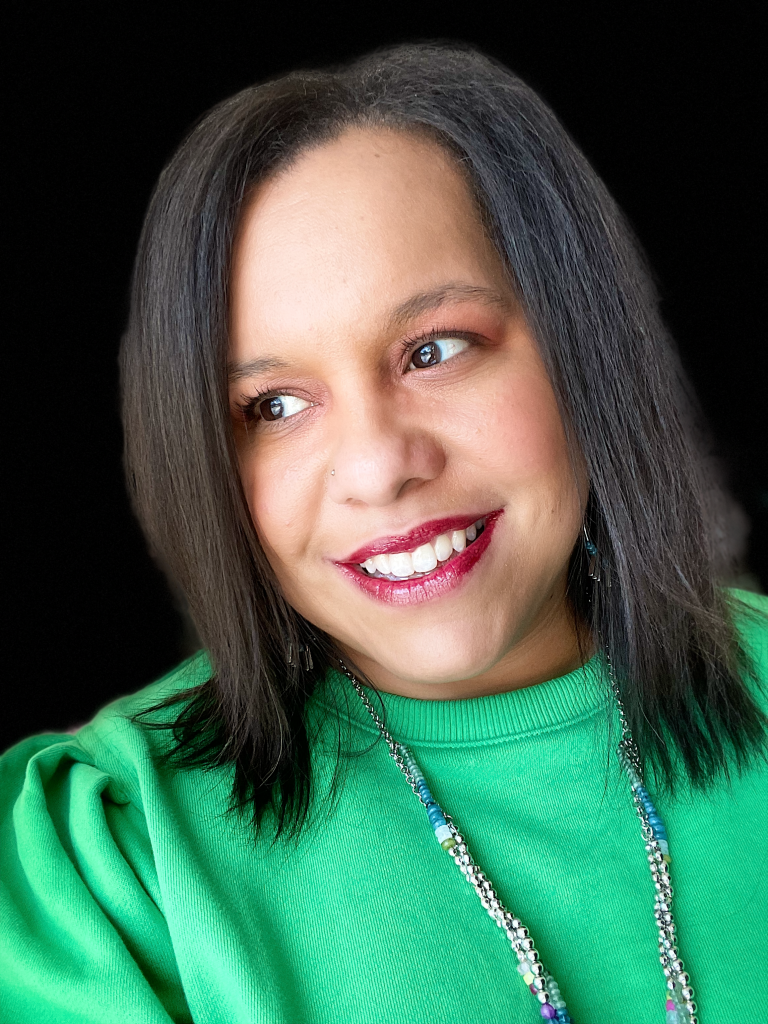
Kristin chats with Erica about the Medicaid coverage for doulas in Michigan and how this improves maternal and infant health outcomes. You can listen to this complete podcast episode on iTunes, SoundCloud, or wherever you find your podcasts. Ask The Doulas Podcast · Medicaid for Doulas with Erica Guthaus of Doulas Diversified Welcome. You’re […]
Postpartum Support with Carrie Kolehouse of MomsBloom: Podcast Episode #167
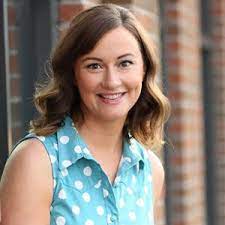
Carrie Kolehouse, Executive Director of MomsBloom chats with Kristin about why MomsBloom is focused on supporting mothers in West Michigan and beyond. You can listen to this complete podcast episode on iTunes, SoundCloud, or wherever you find your podcasts. Welcome. You’re listening to Ask the Doulas, a podcast where we talk to experts from all […]
Why You Should Take a Breastfeeding Class: Podcast Episode #166
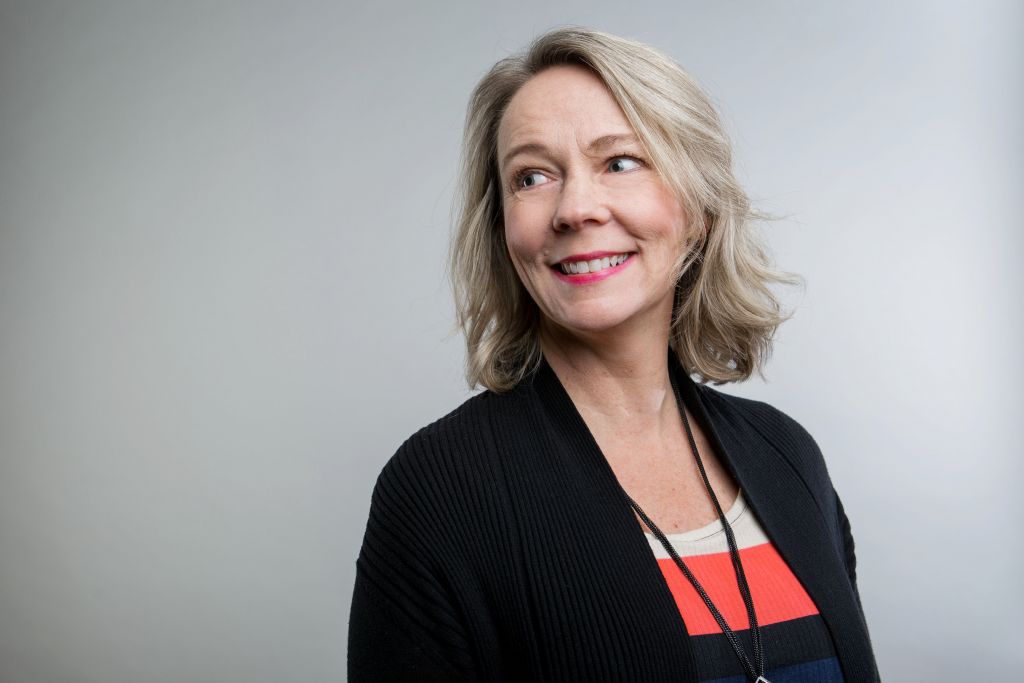
Kristin chats with Kelly Emery of Baby Beloved about why moms should take a breastfeeding class during pregnancy. You can listen to this complete podcast episode on iTunes, SoundCloud, or wherever you find your podcasts. Welcome. You’re listening to Ask the Doulas, a podcast where we talk to experts from all over the country about […]
How to Build Foundations to Stay Active Postpartum: Podcast Episode #165
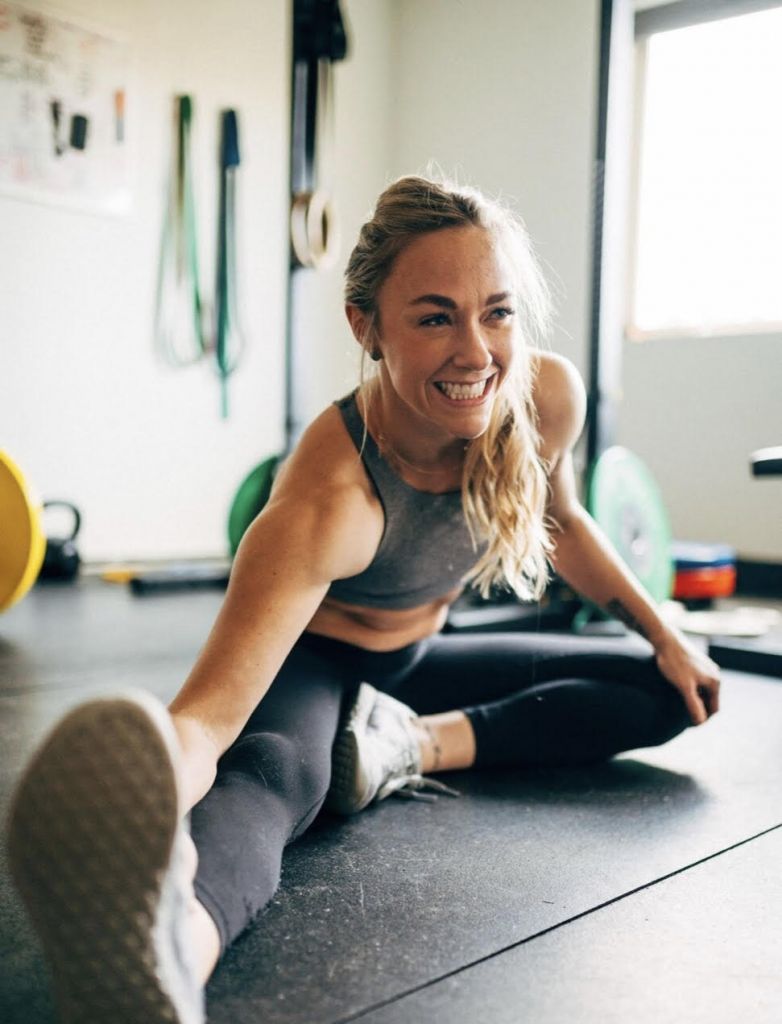
Kristin chats with Dr. Karlie Causey, co-founder of a postpartum activewear brand called Jen & Keri, a sports chiropractor and certified strength and condition coach who is passionate about providing practical tools to moms and moms-to-be, helping them restore their bodies and continue exercising after their babies are born. You can listen to this complete […]
Navigating Healthcare Systems During Pregnancy: Podcast Episode #164
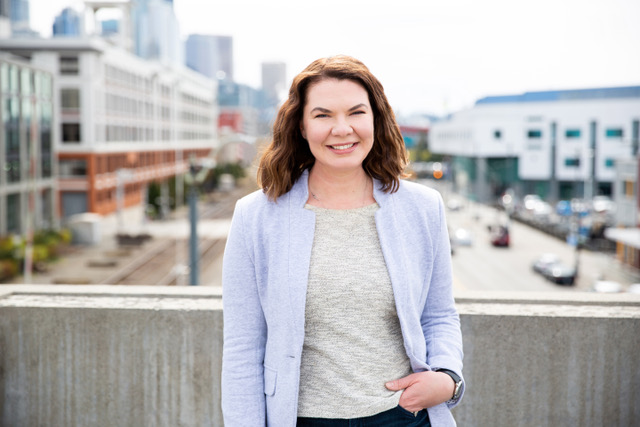
We talk with Estelle Giraud, CEO and co-founder of Trellis Health, about navigating healthcare systems during pregnancy. You can listen to this complete podcast episode on iTunes, SoundCloud, or wherever you find your podcasts. Welcome. You’re listening to Ask the Doulas, a podcast where we talk to experts from all over the country about topics […]
Sign Language for Newborns, Infants, and Toddlers: Podcast Episode #163
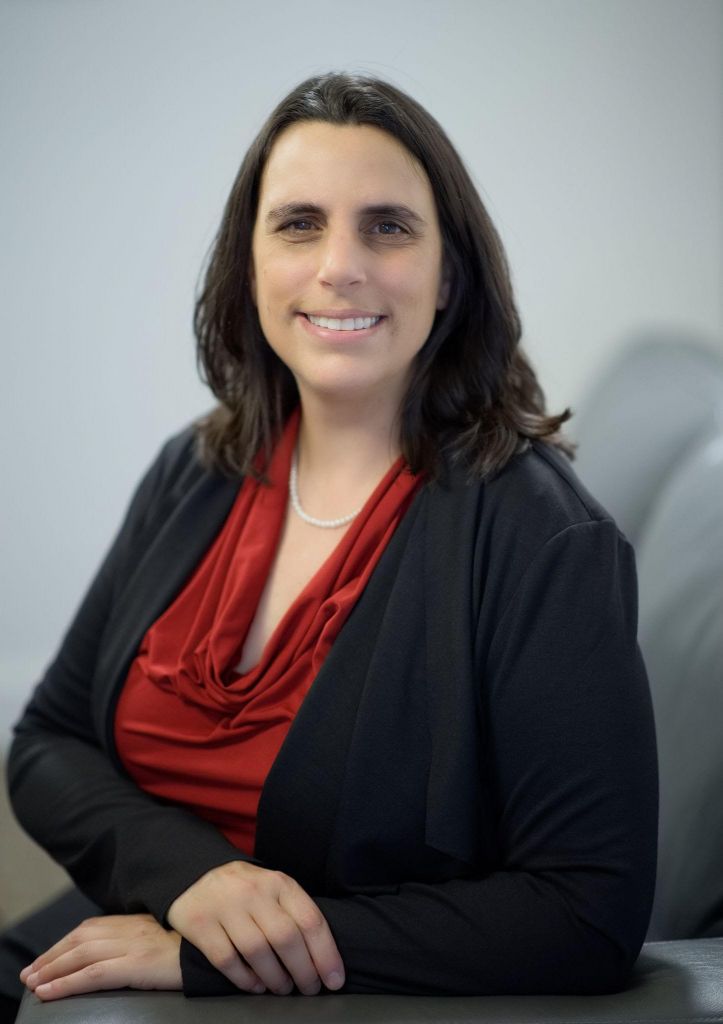
We talk with Cara Tyrrell about using sign language with newborns, infants, and toddlers. You can listen to this complete podcast episode on iTunes, SoundCloud, or wherever you find your podcasts. Be sure to listen to find out how to get a free download on the benefits of ASL for your little ones! Welcome. You’re […]
Body Image And Nutrition During Pregnancy: Podcast Episode #162
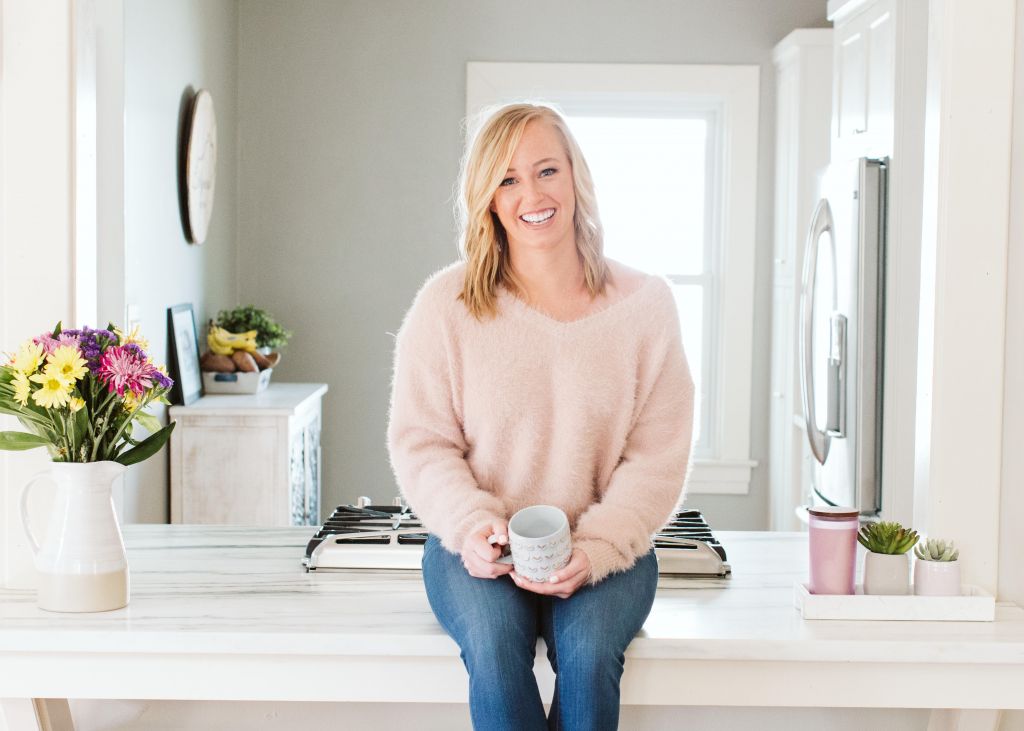
Kristin and English Goldsborough chat about body image during pregnancy and the importance of nutrition. English owns The Nourishing Tree and is a functional nutritional therapy practitioner and a certified lactation counselor. You can listen to this complete podcast episode on iTunes, SoundCloud, or wherever you find your podcasts. Welcome. You’re listening to Ask the […]
NICU and Preemie Mom Support with Jodi Klaristenfeld: Podcast Episode #161
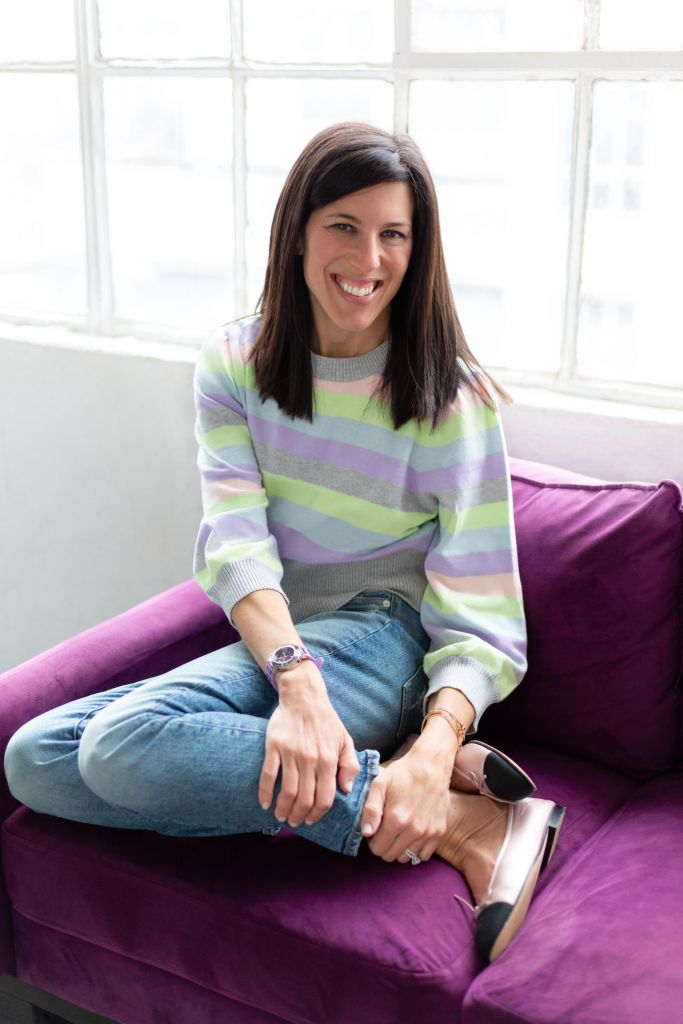
We chat with Jodi Klaristenfeld, founder of FLRRiSH, about navigating the NICU and supporting moms of preemies. You can listen to this complete podcast episode on iTunes, SoundCloud, or wherever you find your podcasts. Welcome. You’re listening to Ask the Doulas, a podcast where we talk to experts from all over the country about topics […]
Fitness Tips for Prenatal and Postnatal: Podcast Episode #160
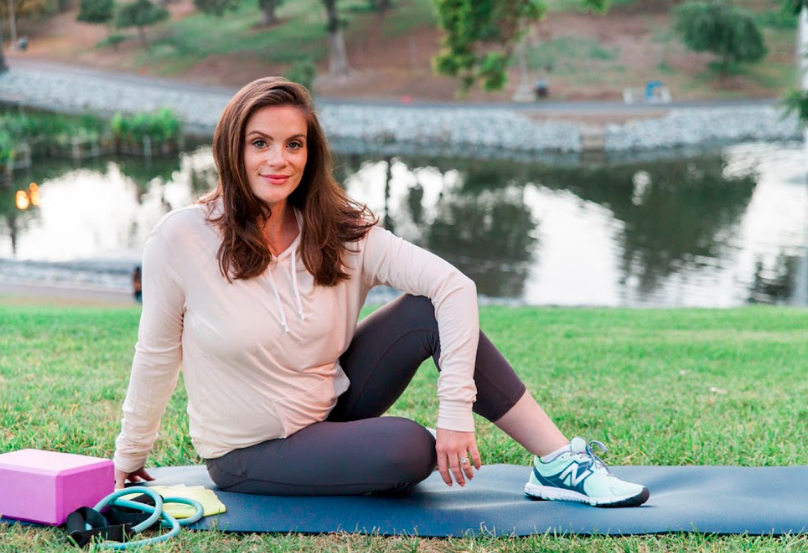
Kristin interviews Sarah Ann Kelly. Sarah Ann is the owner and founder of MomTrainer. Sarah Ann shares prenatal and postnatal fitness tips and suggests ways to create intentional time for working out. Sarah Ann is also giving 50% off with the discount code GoldCoastDoulas! Welcome. You’re listening to Ask the Doulas, a podcast where we […]
Postpartum Anxiety and OCD: Podcast Episode #159
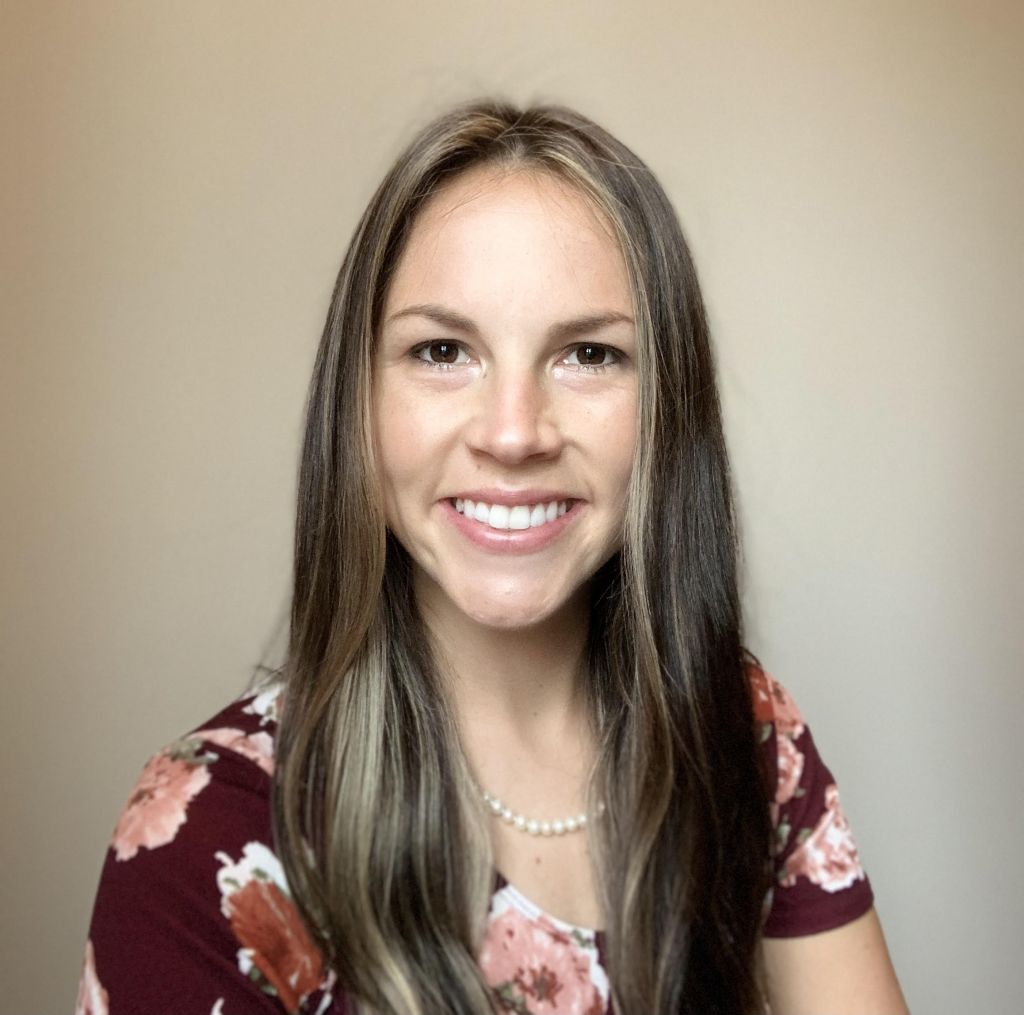
Kristin chats with Jasmine Emerick about her personal struggles with postpartum anxiety and OCD and her work as a therapist. Jasmine is the author of The Postpartum Therapist. Welcome. You’re listening to Ask the Doulas, a podcast where we talk to experts from all over the country about topics related to pregnancy, birth, postpartum, and […]
Potty Training with Christine Brown: Episode #158
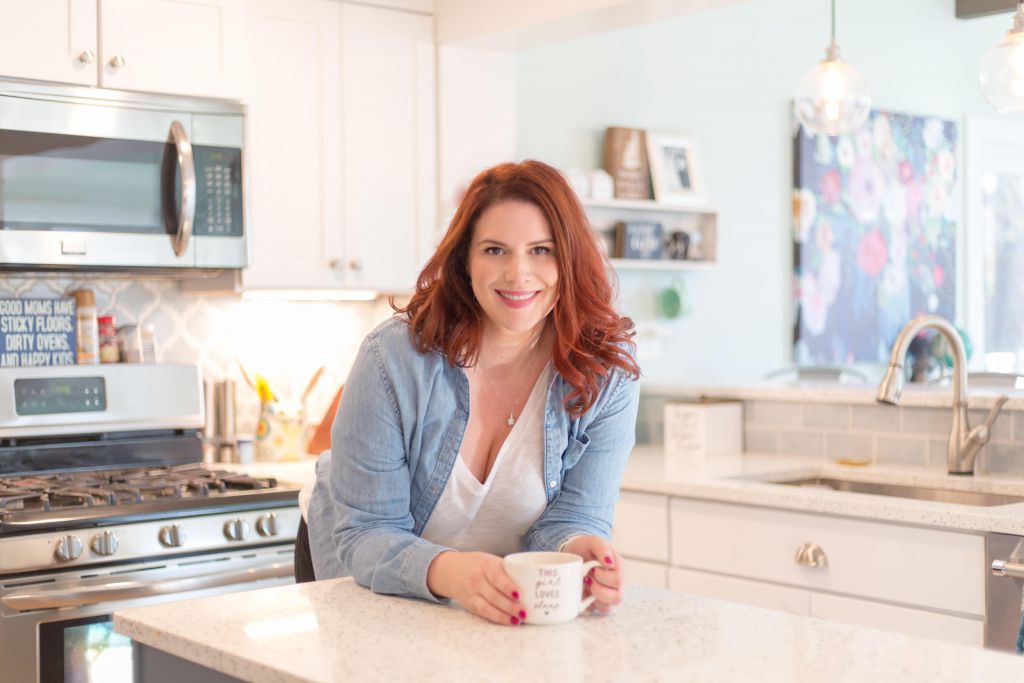
Kristin and Christine Brown, owner of Bella Luna Family, discuss top potty training tips and infant sleep. Welcome. You’re listening to Ask the Doulas, a podcast where we talk to experts from all over the country about topics related to pregnancy, birth, postpartum, and early parenting. Let’s chat! Kristin: Hello, hello. This is Kristin with […]
Simplifying Motherhood: Podcast Episode #157
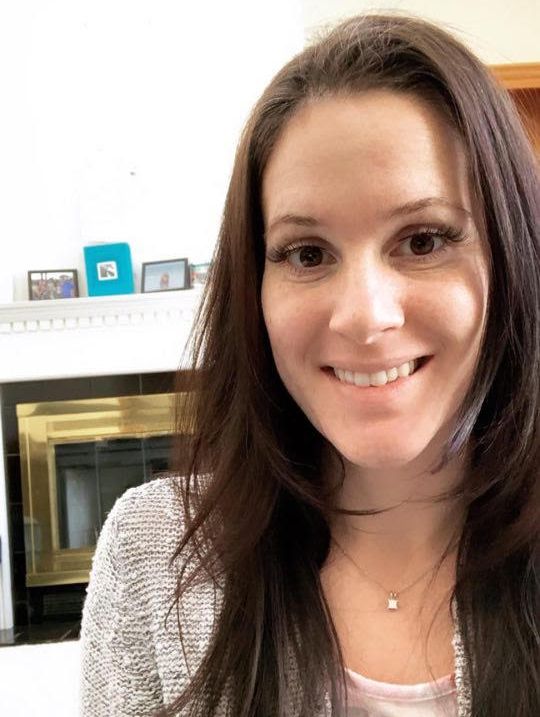
Krista Lockwood, founder of Motherhood Simplified, shares her top decluttering tips for new moms to prep for the arrival of a new baby. You can listen to this complete podcast episode on iTunes, SoundCloud, or anywhere you find your podcasts. Welcome. You’re listening to Ask the Doulas, a podcast where we talk to experts from […]
Functional Maternity: Podcast Episode #156
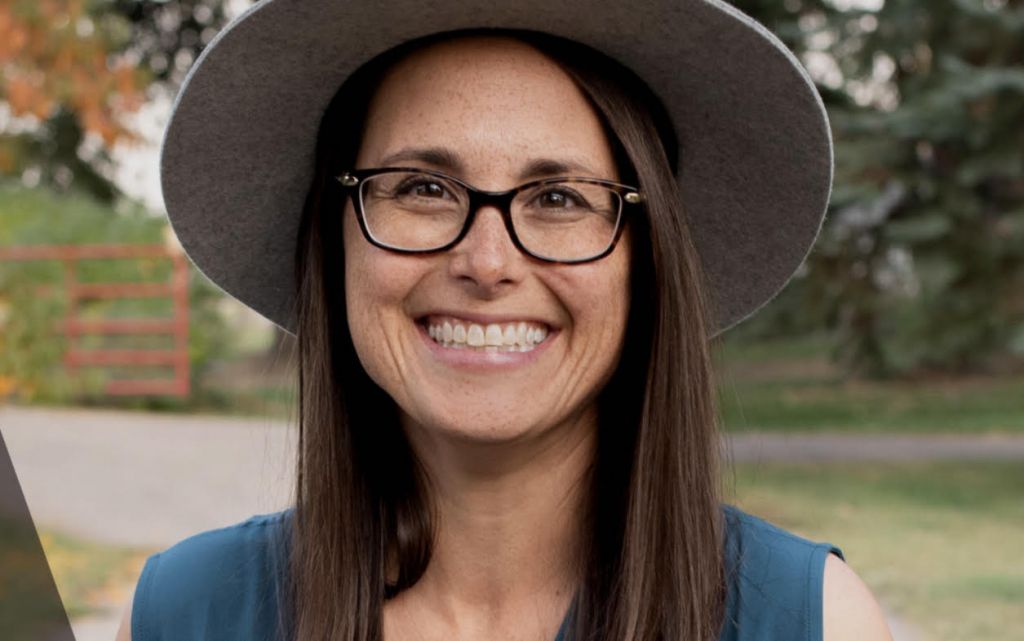
Sarah Thompson, author of Functional Maternity explains what maternal functional medicine is and the role nutrition plays in pregnancy and birth outcomes. You can listen to this complete podcast episode on iTunes, SoundCloud, or wherever you find your podcasts. Welcome. You’re listening to Ask the Doulas, a podcast where we talk to experts from all […]
Pilates for Prenatal and Postpartum: Podcast Episode #155

We talk about Pilates with Emma Jory of ePilates Online shares tips on how to take care of your body in all four trimesters. You can listen to this complete podcast episode on iTunes, SoundCloud, or wherever you find your podcasts. Welcome. You’re listening to Ask the Doulas, a podcast where we talk to experts […]
Transitioning Back To Work: Podcast Episode #154

Sasha Morozov of Sasha x Home shares top tips for transitioning back to work after having a baby. You can listen to this complete podcast episode on iTunes, SoundCloud, or wherever you find your podcasts. Welcome. You’re listening to Ask the Doulas, a podcast where we talk to experts from all over the country about […]
The Ins and Outs of My Vagina with Karin Freeland: Podcast Episode #153
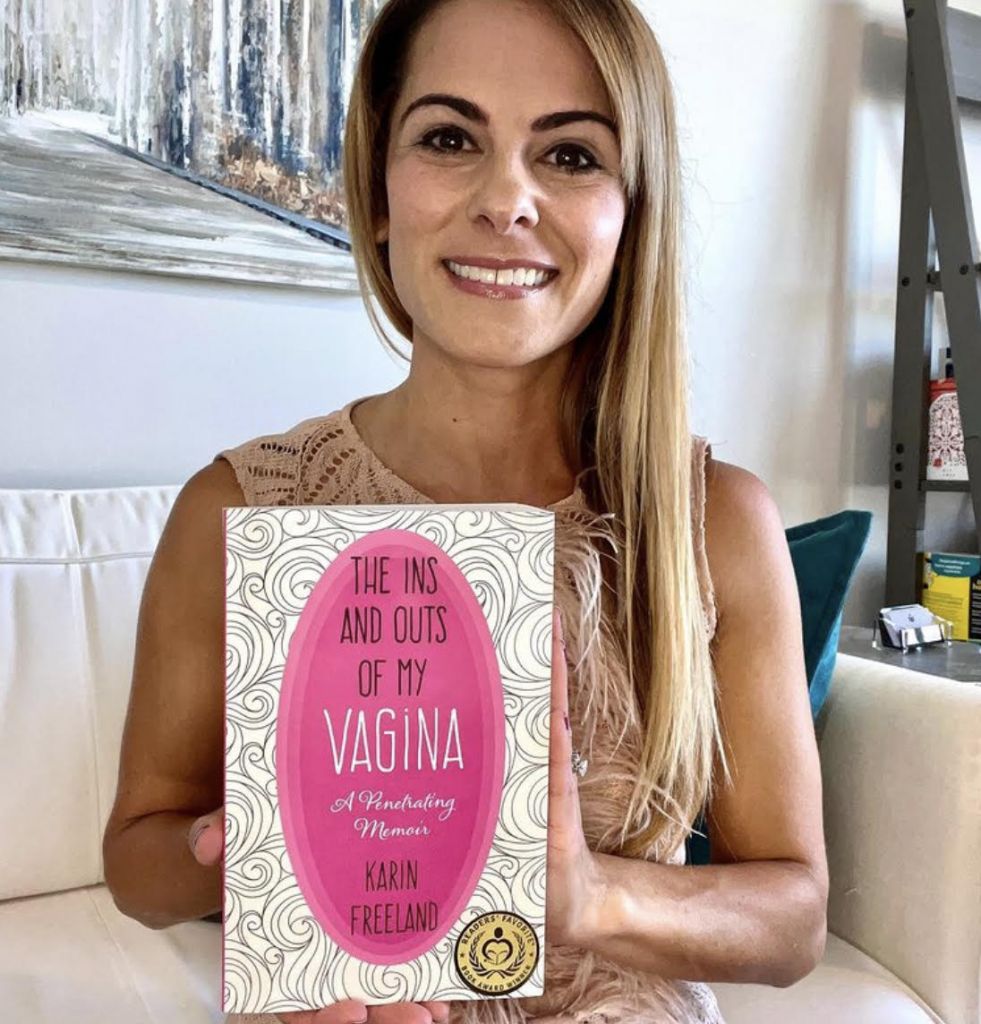
Karin Freeland chats about her book, “The Ins and Outs of My Vagina: A Penetrating Memoir” with Kristin. They discuss everything from body image to postpartum depression. You can listen to this complete podcast episode on iTunes, SoundCloud, or wherever you find your podcasts. Welcome. You’re listening to Ask the Doulas, a podcast where we […]
How to raise perfectly imperfect kids with Lisa Sugarman: Podcast Episode #152
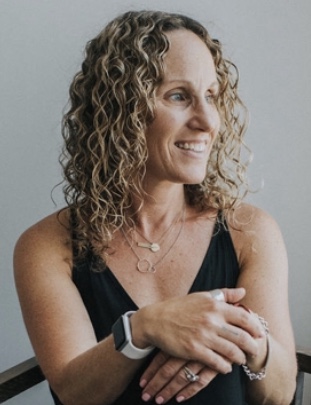
Lisa Sugarman, author of How To Raise Perfectly Imperfect Kids, discusses positive parenting and balance with Kristin. You can listen to this complete podcast episode on iTunes, SoundCloud, or wherever you find your podcasts. Welcome. You’re listening to Ask the Doulas, a podcast where we talk to experts from all over the country about topics […]
Intentional Motherhood with Monique Russell: Podcast Episode #152
Kristin and Monique, author of Intentional Motherhood: Who Said It Would Be Easy?, discuss her book and share tips to connect with your children and communicate your needs with others to better enjoy this time of transition. You can listen to this complete podcast episode on iTunes, SoundCloud, or wherever you find your podcasts. Welcome. […]
Ayurvedic Postpartum Healing with Ameya Duprey: Podcast Episode #151
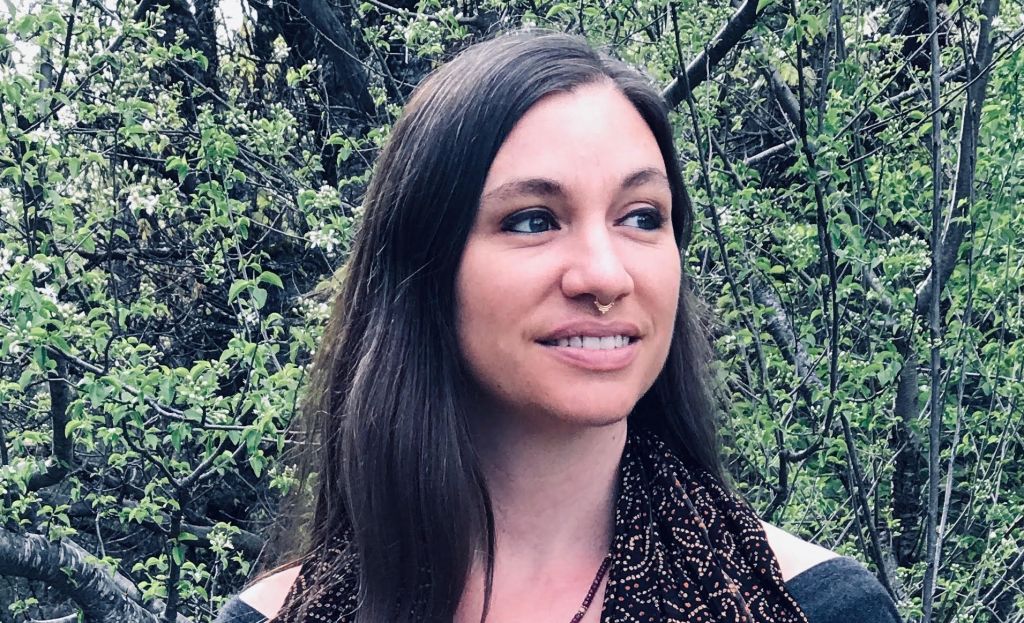
Kristin and Ameya Duprey discuss the root causes of postpartum imbalances and how to heal them. Ameya is an Ayurvedic practitioner, postpartum doula and author. You can listen to this complete podcast episode on SoundCloud, iTunes, or wherever you find your podcasts. Welcome. You’re listening to Ask the Doulas, a podcast where we talk to […]

